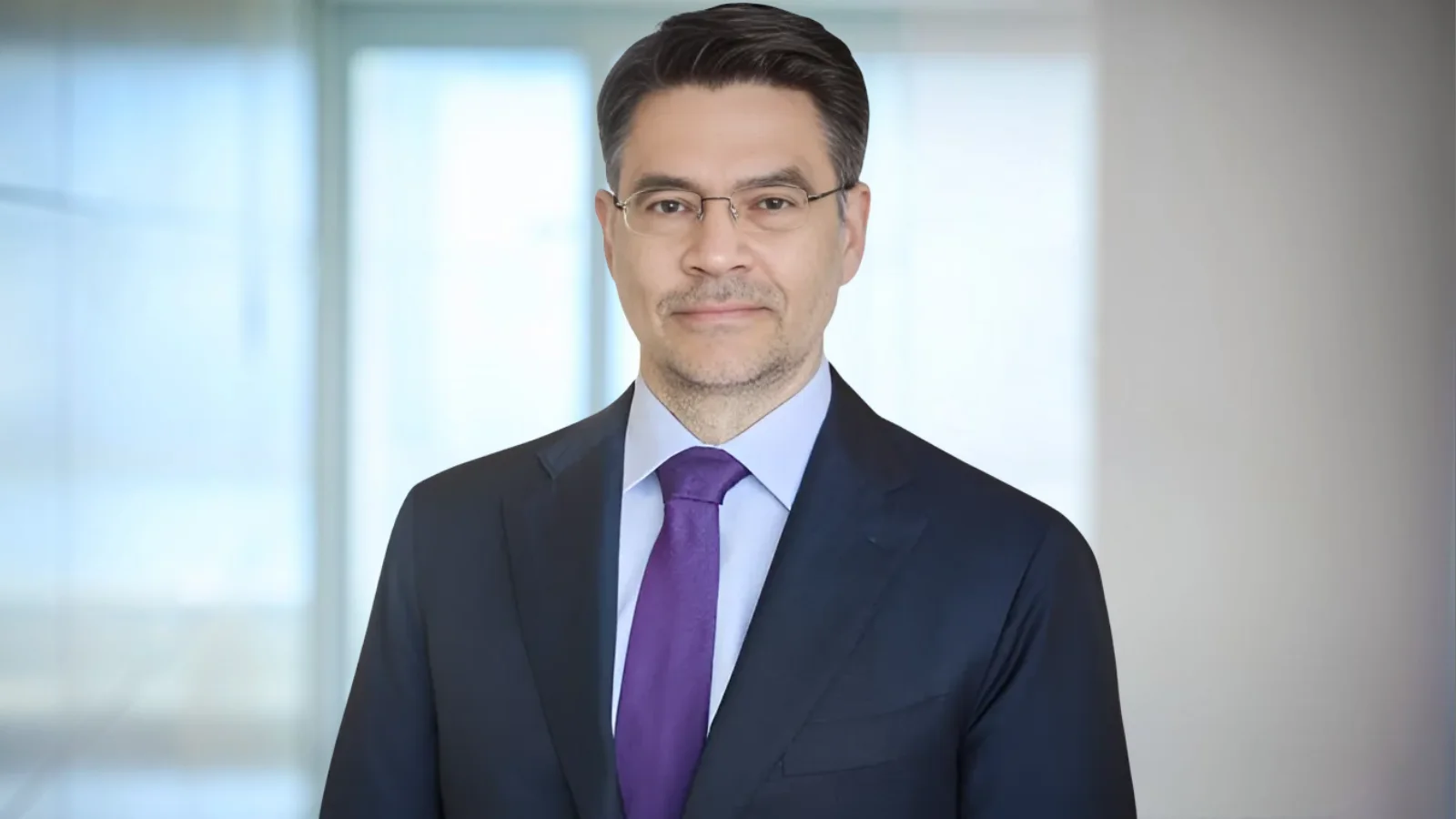Energy suppliers in Germany are expected to invest EUR 535 billion in regional energy transition projects by 2045, according to a new study commissioned by KfW and conducted by PwC Germany. The majority of these investments—about two thirds—will need to be made within the next ten years.
The study highlights that energy providers and their owners will need to rethink their financing strategies. Current internal funding is projected to cover only about a quarter of the required investment. An additional ten percent may come from newly obtained subsidies such as promotional funds and building cost subsidies. This leaves a significant financing gap of EUR 346 billion, or 65 percent of the total investment needed.
To address this gap, energy providers will require approximately EUR 47 billion in new equity and EUR 299 billion in debt capital. Most of this demand will arise before 2035, with estimates indicating that up to EUR 40 billion in additional equity and EUR 218 billion in debt capital will be necessary during this period if companies maintain an equity ratio of at least 25 percent.
“In the coming years, energy providers will have to shoulder gigantic investments in the energy transition. This will exceed the limits of traditional loan finance. A successful modernisation of the energy infrastructure also requires policymakers to think about how the financial toolkit can be expanded,” said Dr Dirk Schumacher, Chief Economist of KfW.
“Our analysis shows that almost all companies will require additional equity and considerably more debt capital in the coming years. New financing instruments, partnerships and innovative models need to be developed to complement traditional bank loans. Successfully financing the energy transition will require a join effort by municipalities, banks, investors and promotional institutions,” said Henry Otto, Head of Energy Consulting at PwC Germany.
Municipal utilities face particular challenges because their profits often support other municipal tasks, making less funding available for co-financing energy transition projects. These utilities may also encounter limits on how much debt they can raise through bank loans. Currently, German banks provide around EUR 130 billion in loans to energy suppliers; net lending would need to increase by another EUR 100 billion by 2035 if all requirements were met solely with new loans—a scenario considered unlikely for many regionally focused banks.
Potential solutions discussed include increased use of debt loan certificates by large suppliers, promotional programs involving syndicated co-financings from public institutes or state-backed risk sharing for loans, as well as securitization strategies that could help banks expand lending capacity by distributing risks among third-party investors.
For municipal utilities specifically, proposals such as amending municipal law—put forward by the Association of German Public Banks (VÖB)—and introducing mezzanine capital instruments via promotional institutions are being considered. These instruments would act as subordinated capital without voting rights but could strengthen balance sheets without diluting control. Capital management companies might also aggregate private investor funds into subordinate capital products supporting diverse energy providers.
The full version of the study is available online (in German).

